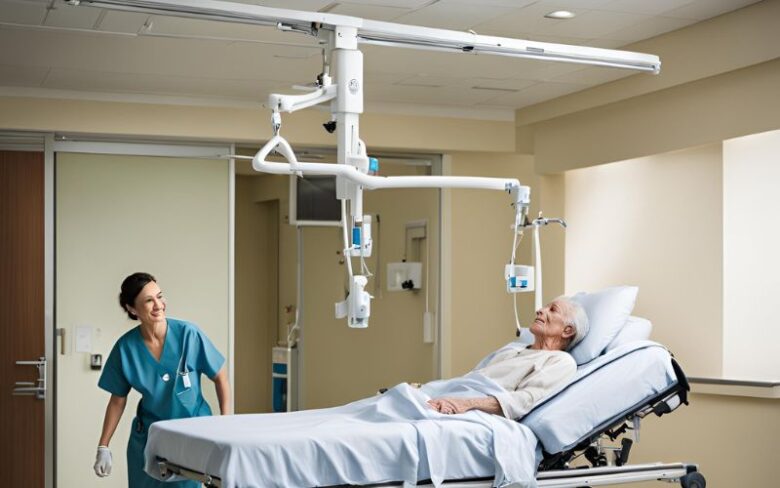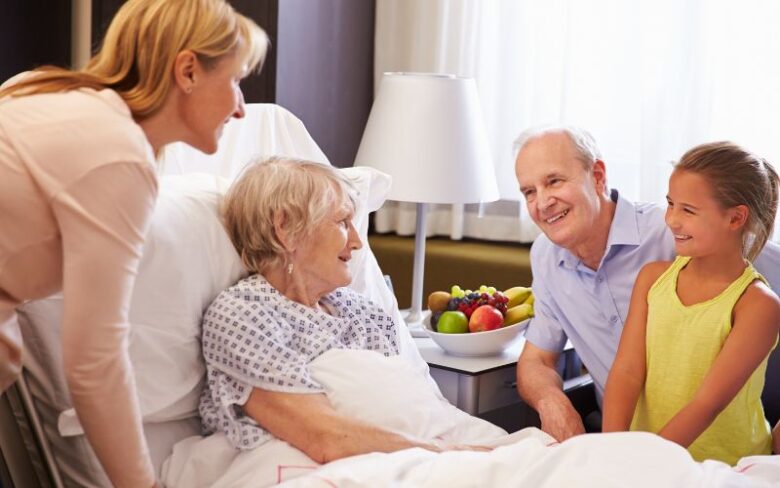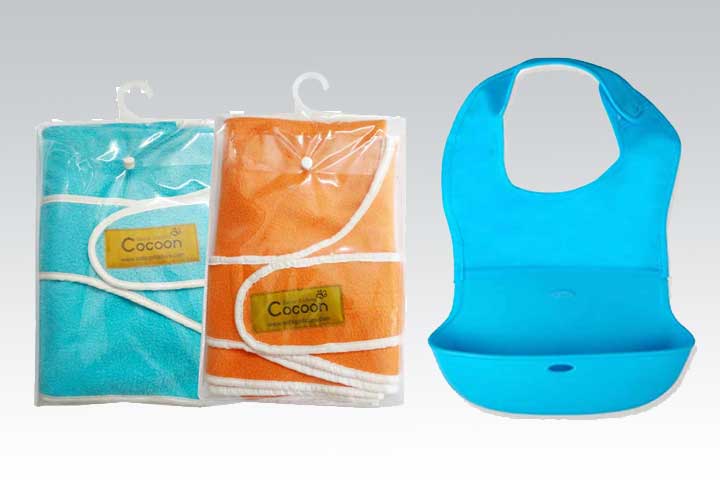Caring for a loved one with limited mobility can be physically demanding and emotionally draining. However, with the right tools, caregivers can make the process easier and safer. Powered patient hoists are one such tool that can significantly alleviate the burden of caregiving.
Understanding Powered Patient Hoists
Powered patient hoists are specialized lifting devices designed to assist caregivers in safely transferring patients from one place to another. These hoists are equipped with a motorized lifting mechanism that reduces the physical strain on caregivers, preventing injuries and promoting efficient patient handling.
Key Benefits of Powered Patient Hoists:
- Reduced Physical Strain: Powered patient hoists significantly reduce the physical strain on caregivers, minimizing the risk of back injuries and other musculoskeletal disorders.
- Improved Patient Safety: These hoists provide a safe and controlled method of lifting and transferring patients, reducing the risk of falls and accidents.
- Enhanced Patient Comfort: By minimizing manual handling, powered patient hoists can enhance patient comfort and dignity.
- Increased Independence: With the assistance of a powered patient hoist, patients can regain a sense of independence and participate in daily activities.
- Efficient Caregiving: Powered patient hoists streamline the caregiving process, allowing caregivers to allocate more time to providing emotional and social support.
Types of Powered Patient Hoists
There are various types of powered patient hoists available, each designed for specific needs:
- Mobile Hoists: These hoists are portable and can be easily moved around the home.
- Ceiling Hoists: These hoists are fixed to the ceiling and provide a wide range of movement, ideal for transferring patients to and from beds, chairs, and bathrooms.
- Standing Hoists: These hoists assist patients in standing up from a seated position.
Choosing the Right Powered Patient Hoist
When selecting a powered patient hoist, consider the following factors:
- Patient’s Weight and Size: The hoist should be able to safely lift the patient’s weight.
- Patient’s Mobility: The type of hoist should match the patient’s specific mobility needs.
- Caregiver’s Strength: The hoist should be easy to operate and maneuver.
- Home Environment: Consider the layout of the home and the areas where the hoist will be used.
By investing in a powered patient hoist, caregivers can provide better quality care, reduce stress, and improve their own well-being. It’s important to consult with healthcare professionals and equipment suppliers to determine the most suitable hoist for your specific needs.




























